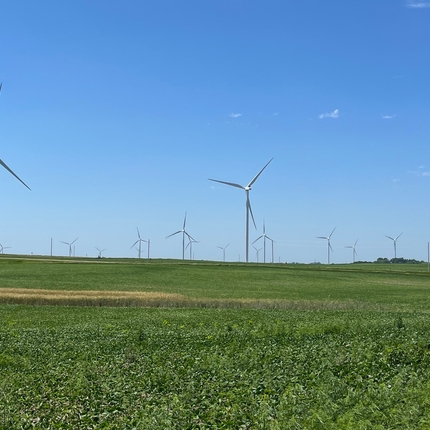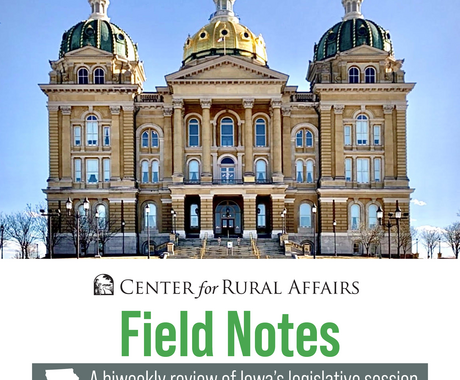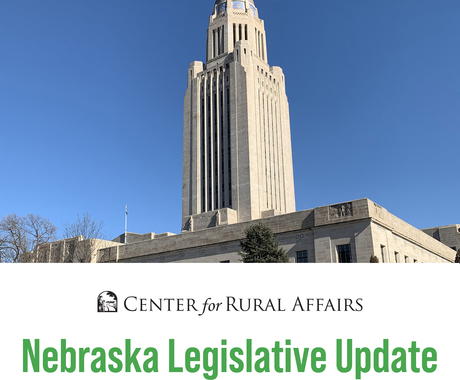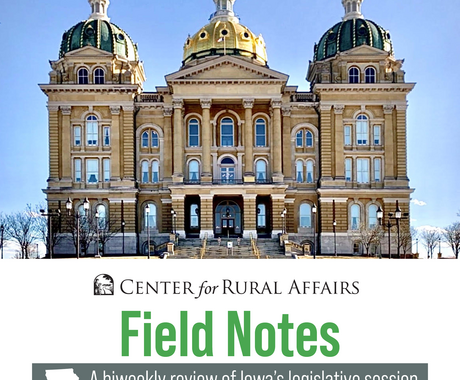By Molly Malone, former staff member
The Center for Rural Affairs applauds the Midcontinent Independent System Operator (MISO) board for unanimously approving the Tranche 1 transmission expansion plan at its July 25 board meeting. This approval is a critical step in relieving grid congestion and enabling renewable energy expansion in southwest Minnesota’s wind belt.
Buffalo Ridge, located in the far southwest corner of Minnesota, has had wind turbines since the 1990s. The geography of the area creates an environment favorable to reliable wind energy production. Recent grid congestion has not only delayed new developments in the region, but also shut down existing wind turbines that are still in working condition.
This is a problem because wind farms provide substantial tax revenue to the communities that host them. In many cases, they are the largest source of property taxes in the county or township. In 2021, some townships in the Buffalo Ridge area saw more than 50% reduction in their wind energy production tax revenue. Additionally, more than $1 million in wind tax revenue was lost between three rural counties and another $700,000 was lost between 15 more. Estimates from developers indicate 2022 production is expected to be curtailed by about 50%.
Capacity deficits are projected to widen in subsequent years as demand increases. While a planned $2.2 billion investment in three new Minnesota power lines will alleviate overall grid congestion, the new capacity isn’t expected to come online until 2028.
In the meantime, rural communities are losing out on current and potential tax revenue.
Wind energy production is crucial to the economic resiliency of the rural communities that are home to the industry. The Center encourages MISO, regulating authorities, and regional utilities to employ other tactics to immediately alleviate grid pressure, like repairing equipment failures and moving forward with complementary grid improvements closer to the wind production.
Only with continued focus on unlocking transmission constraints will the region be able to capitalize on the immense wind energy production potential of our rural areas.





